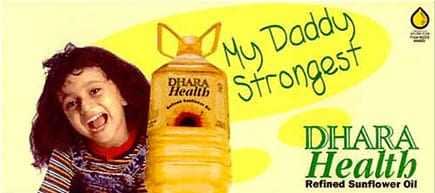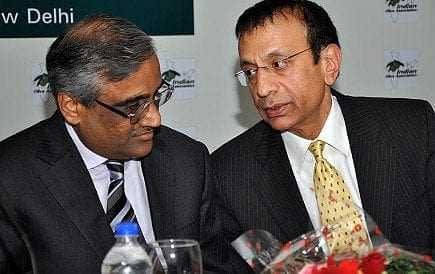
Indian government’s wholly-owned company Mother Dairy has chalked up plans to promote olive oil in India. Its flagship edible oil brand ‘Dhara’ will soon start to feature refined olive oils from Italy and Spain.
Until now, Dhara has been a mass market brand in India for locally produced edible oils. With Mother Dairy’s vast urban and rural distribution and sales network, Dhara’s new foray will promote olive oil in regions that have so far remained beyond the reach of private olive oil brands.
Dinesh Agrawal, COO of Dhara, said: “Though volumes at present are small, the olive oil market is seeing 40 percent growth annually. It is a pan-India category, with 95 percent of business coming from modern trade.” Dhara plans also include introducing cottonseed and gingelly oil in new regional markets, but it will offer olive oil throughout the country.
Dhara, marketed by Mother Dairy, is among India’s top brands of edible oils. It is available throughout the country in its network of more than 200,000 retail outlets and it is recognized for its affordability. For the past more than three decades Mother Dairy has leveraged the power of farmer cooperatives in India to provide a wide range of food and milk based products for the Indian urban and rural masses.
VN Dalmia, president of the Indian Olive Association (IOA) told Olive Oil Times the government has tried this before. “Mother Dairy, a Government of India public sector enterprise, has attempted once before to enter the olive oil market. They imported extra virgin olive oil, bottled it in India and attempted to sell it through their distribution network. The results were not satisfactory and they were left with a lot of unsold stock which they had to liquidate.”

VN Dalmia (right) with mass market retailer Kishore Biyani
Dalmia, who is chairman of Dalmia Continental, the company behind the Leonardo olive oil brand, called extra virgin olive oil “difficult to sell” to Indian consumers for cooking traditional foods. “We welcome Dhara’s second coming and hope that their entry with refined olive oil will prove more fruitful than their previous attempt,” he said.
India’s 1.3 billion people could stand to use more olive oil. Rates of cardiovascular disease and diabetes in India are among the world’s highest, thanks in part to the unhealthy cooking oils traditionally used in Indian dishes. Indians consume barely a teaspoon of olive oil per year, on average, but the market is a focus for major producers.
“The Indian market is still in infancy and there is room for more players, Dalmia said. “At the same time, IOA points out that olive oil is not a commodity and cannot be sold like other commodity oils.”








